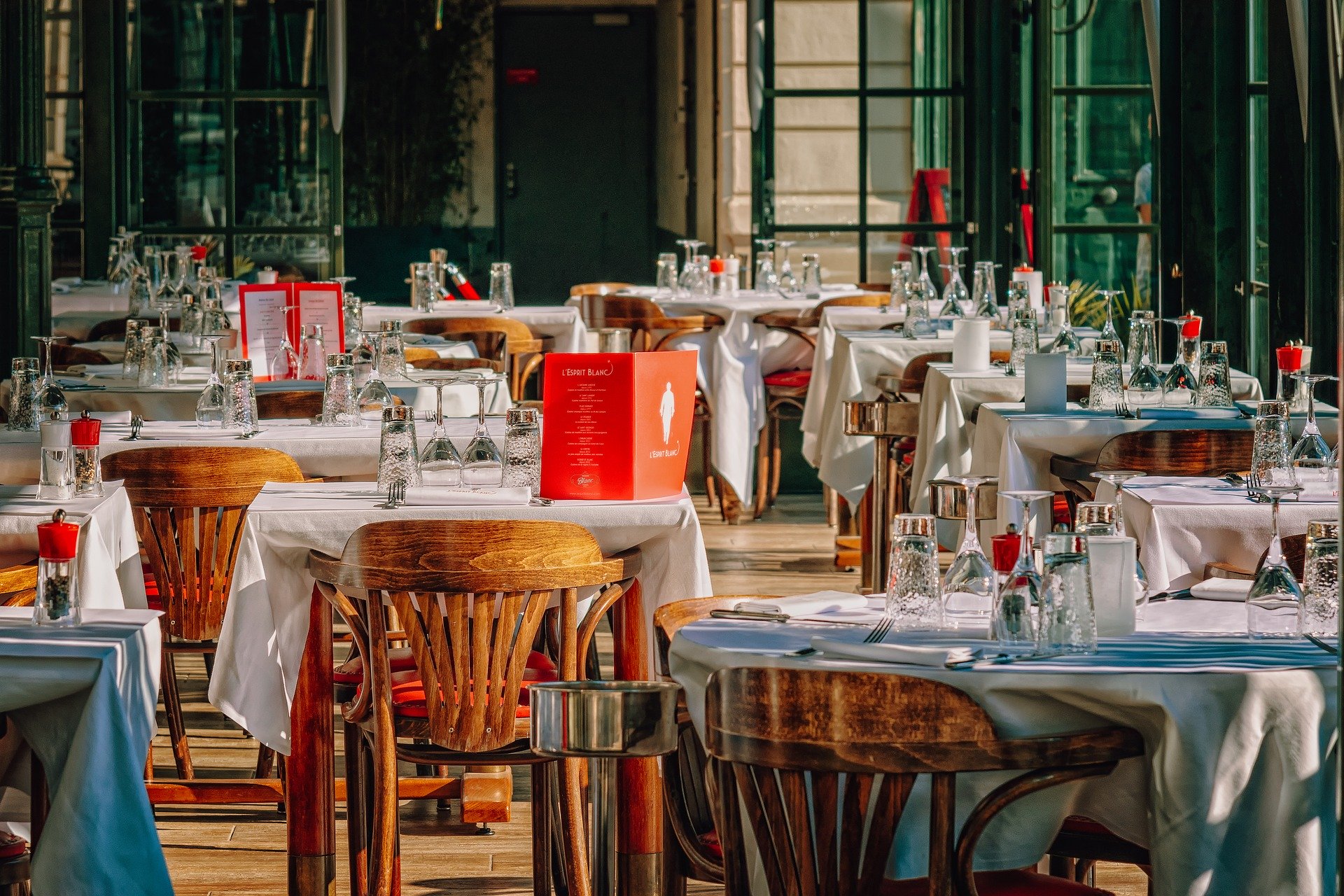
19 Aug How to open a second restaurant?
How to open a second restaurant? My friend transitioned from being the Head Chef of one restaurant to owing his own restaurant. He had 3 more partners, they were looking after the bar and the front of house and he was in charge of the kitchen, just as he would have done as an employee. He had a bit of stress cause he was investing money and leaving a permanent position but he was ok.
The big crisis came when they decided to open a second restaurant. Suddenly he didn’t know where to do shifts, he didn’t know what was happening on the other restaurant when he wasn’t there and he thought he was losing control. Thankfully this pain in the transition only lasted 6 months, then he manged to have a schedule, a routine, systems and procedures in place that helped him manage both sites easily. However, he needed a mind set changed, from working as an employee who does everything, to an owner that supervise, monitor, support and take action when need it.
For many, open a second restaurant is very stressful and often it means the decline of the whole business. Growth can kill your business if you don’t know how to do it properly.
When you open a second site, it’s true that we have to double the workers, the bills and the difficulties, but we also have the experience and the know-how, there are some perks; we can reproduce the same concept, the menu, the decoration and the atmosphere of the first restaurant. In addition, word of mouth and good reviews of the first are an added value to the second.
Here are some important points to keep in mind so growing in size means growing profits.
1) You have to hire a person accountable for each
restaurant. First thing to admit to yourself is that you can’t be in two places at the same time. Delegate
responsibilities or you won’t be able to grow.
2) Creation of standards and simple systems and procedures.
– Use the same tools for cost control, menu
engineering, inventory management, pricing and margins.
– Use the same point of sale system, preferably
located in the cloud to be able to access all places remotely and in real time.
3) Use the same reservation system and promote
cross-selling, and maximize the number of diners, some systems send customers
from one restaurant to the other, if the first one is already full.
4) Track Key Performance Indicators weekly and have
meetings once a week to see what actions need to be triggered. What is not
measured cannot be improved. These indicators are usually: cost of goods, staff
cost, average spend per head, customer satisfaction, number of covers and staff
turnover.
5) Use economies of scale both in operations, staff and buying power. For example, if one of the restaurants has a larger kitchen, all the sauces could be made from that restaurant. If you calculate the staff cost and inyou don’t need one person to complete the tasks , you can have that person floating from site to site. And the higher the consumption, the greater your negotiating power should be and therefore the prices should be lower.
6) Create an efficient communication system to speed up
decisions and be able to work together between restaurants.
7) Visit all sites and interact with employees and
customers to see how the business is doing. I always say that numbers speak to
you, but you always need to “feel” what is going on at the restaurant.
8) Adapt the restaurant its community; there are
concepts in which you cannot make “a copy and paste”
9) Create a code of conduct for the whole group that
is clear about mission and values, hiring and firing procedures.
10) Don’t go crazy spending money in a head office, operations managers, directors, etc. Start small and grow organically.
RECOMMENDED READ: 5 Easy Steps To Get The Best Version Of Your Menu

No Comments